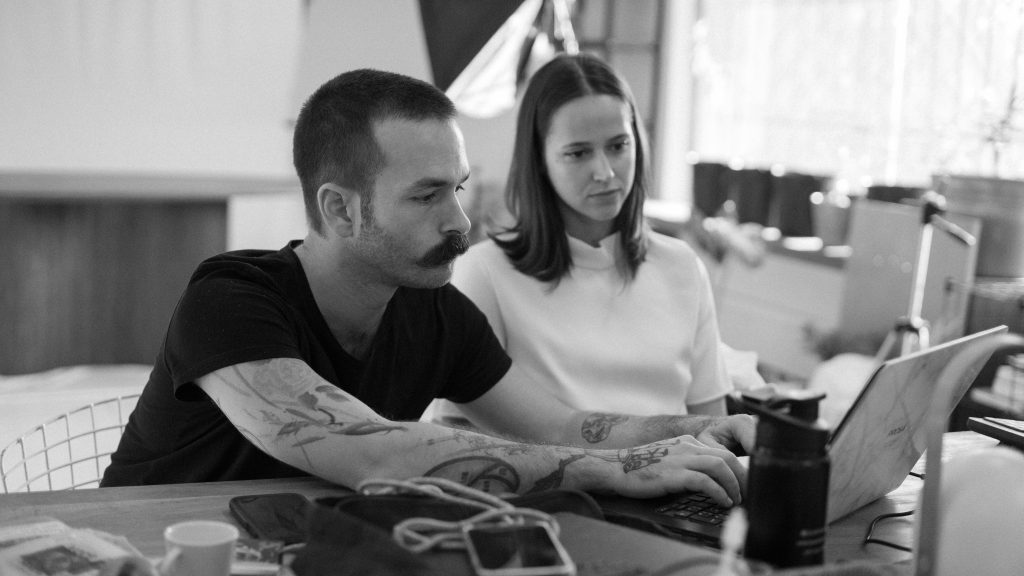
10 TALENTS: This Women’s Day we Spotlight 10 Design Talents and Their Individual Qualities Beyond Gender
In the spirit of International Women’s Day, it’s imperative to shine a light on the evolving narrative of gender, inclusion, and equality within the design world. This day, historically dedicated to celebrating people for being women, offers a unique opportunity to celebrate people for their qualities beyond gender definitions and reflect on the broader issues of identity and inclusivity. The traditional binary understanding of gender has long overshadowed the accomplishments of those who do not strictly identify within these confines. However, the dynamic nature of the design industry, much like society itself, is increasingly acknowledging and embracing the full spectrum of gender identities. This shift represents not just a challenge to the status quo but a profound opportunity to discover what inclusion truly means.
The editorial decision to feature ten exceptional designers is driven by a commitment to spotlight talent and individuality over gender. This approach, however, is not without its complexities. It raises pertinent questions about representation, visibility, and the criteria for inclusion in spaces historically dominated by binary gender constructs. By engaging in conversation with the people behind each studio, we underscore the importance of listening, asking questions, and being curious. Design, just like other creative industries, has the power to transcend traditional boundaries. Let’s use it as a lens to celebrate the exceptional skills and visions of each individual as a maker, the impact of their work, and emphasize their contribution to our society.
Sticky Glass (Brooklyn, United States)
“Glass is trans. This is a part of my inherent relationship to this material. I felt and continue to feel seen by molten glass and my body craves the process it is beholden to.”
Grace Whiteside
Grace Whiteside of Sticky Glass identifies as a non-binary dyke, and professionally, as an interdisciplinary glass and performance artist. An artist who delves into the materiality of glass with a rather unique perspective. Whiteside describes glass as “an amorphous solid,” highlighting its inherent fluidity and ability to fluctuate between states—a characteristic they find deeply resonant with their own experiences of identity. “Glass is trans,” Whiteside explains, revealing a profound connection to the material that goes beyond its physical properties, seeing it as a reflection of their own being and a medium through which they feel seen.
This intimate relationship with glass informs Whiteside’s creative approach, manifesting in designs that celebrate glass’s natural tendencies towards the goopy, tacky, bubbly, and unabashedly messy. Their work is a testament to the beauty found in imperfection and the expressive potential of allowing materials to dictate their own forms. Beyond aesthetics, Whiteside’s practice is imbued with a sense of purpose rooted in queering spaces. They observe how “domestic and commercial spaces are not created with the inclusion of queer or trans safety,” driving them to create objects that challenge the norms of heteronormative architecture and design, thereby queering up spaces to foster inclusivity and safety for untraditional free-thinking individuals.
Whiteside identifies two primary skills that underpin their work: the social dynamics of being an artist, where their extroverted nature and performance background aid in navigating the public and private facets of their practice, and their ability to let glass “have a voice in the process.” This latter skill, honed over more than a decade, showcases Whiteside’s respect for the material’s intrinsic properties and their refusal to constrain it to preconceived forms, both literally and metaphorically. Through their work, Whiteside not only explores the boundaries of glass as a medium but also engages in a broader dialogue about identity, materiality, and the power of design to influence and reflect societal norms and values.








Dace Sūna (Rīga, Latvia)
“I love working on a large scale and doing things that are the opposite of gender stereotypes… Working on the edge of these gender stereotypes, materials, and fields of practice is where I am looking for magic.”
Dace Sūna
Dace Sūna, a designer of space and light, defies gender stereotypes through her work, embracing both physicality and sensitivity. Her journey across global metropolises has fostered an adventurous and adaptable spirit, which is evident in her multidisciplinary approach to design.
Dace’s work with glass and light transcends the material world, offering experiences that are both ephemeral and spiritual. Her commitment to experimentation, rapid decision-making, and continuous learning exemplifies her dedication to pushing the boundaries of design and seeking magic at the intersection of materials and practice.








Studio Milena Kling (Berlin, Germany)


“Working with glass I embrace a massive artistic Freedom. A Freedom of ongoing explorations and transformations. Freedom of expressing a momentum and crystallising it to become one of a kind objects. Freedom to combine power and sensibility in one practice, to create contemporary objects that bring rituals and spaces to life.“
Milena Kling
Milena Kling, renowned for her innovative approach to glass design, embodies the spirit of exploration and creativity that transcends traditional boundaries. Her journey from architecture and product design to mastering the art of glassblowing showcases a dedication to blending tradition with modernity. Kling’s studio in Berlin has become a crucible for experimentation, where she redefines the ancient craft by integrating new methods and perspectives. This melding of past and present in her work offers a fresh lens through which to view the material, making her practice a vibrant example of contemporary craftsmanship.
In her work, Kling is not just creating glass objects; she is curating experiences and atmospheres that resonate deeply with the viewer. Through her innovative use of materials and techniques, such as the unique interaction between glass and copper-woven molds in her RAW series, Kling invites us to reconsider our relationship with everyday objects. Her designs, characterized by their delicate beauty and the capacity to transform spaces, reflect a profound understanding of both the medium and its potential to influence the energy of an environment. This holistic approach to design, grounded in a deep respect for the craft, exemplifies the potential for design to foster connections and evoke emotions.
Her collaborative spirit with artisans underscores the importance of inclusivity and humbleness to her crafts. Kling’s dedication to exploring the unknown and her ability to bring out the unexpected beauty in glass serve as an inspiration, showcasing the impact of her unique perspectives and innovation in redefining her field craftsmanship.










DONÓ Design (São Paulo, Brazil)
“Our language in design comes from who we are, and the impact that this has on our practice is the desire to explore, the desire to express ourselves and not be afraid of not belonging/ fitting into standards. It’s about seeing the beauty and authenticity in the counter-culture and the so-called strange.”
Daniele Quiarella and Debora Baptist
Daniele Quiarella and Debora Baptist of DONÓ Design, a queer couple from São Paulo, Brazil, intertwine their identities and perspectives as cis women and members of the LGBTQ+ community deeply with their creative practice. Their approach to design and art is profoundly influenced by their personal experiences and the desire to explore and express themselves beyond conventional norms. They emphasize the importance of seeing beauty in what is often deemed counter-cultural or unconventional, striving to remain open to the vastness of possibilities and opportunities that lie beyond traditional standards.
This ethos of exploration and expression without fear of not fitting into established molds translates into their work, allowing them to engage with design in ways that celebrate authenticity and diversity. Daniele highlights her imaginative prowess as a key personal skill, which facilitates her engagement with various forms of visual and audio art, aiding her in crafting layouts, formats, and textures with ease and creativity. Debora’s innate curiosity drives her to explore broadly, enhancing her creative repertoire and enabling her to express herself aesthetically in unique ways within their design work.
Together, their skills—Daniele’s imaginative approach to visual aesthetics and Debora’s curiosity-driven exploration and creativity—form the cornerstone of DONÓ Design’s practice. Their work stands as a testament to the richness that arises from combining diverse experiences and perspectives, reflecting a commitment to pushing the boundaries of design and art in a way that is inclusive, expressive, and deeply personal. Through their creations, Daniele and Debora invite viewers to reconsider preconceived notions of beauty and design, advocating for a more open, inclusive, and exploratory approach to creative expression.








Melissa Mariller (Marseille, France)
“I move furniture, household objects, utensils, tools, I project them into environments for which they were not designed… I de-domesticate it in a way, or rather, I only retain from its first use what characterizes it: a flourish, a cultural marker, a technical assembly.”
Melissa Mariller
Melissa Mariller, embodying the essence of versatility in design, seamlessly adapts her craft to meet individual needs and spaces, highlighting her fluid approach to creativity without a preference for specific materials. Her practice thrives in the workshop, a crucible for her sculptural exploration, emphasizing the dialogue between different elements over the pursuit of innovation for its sake.
Mariller’s philosophy transcends mere relocation of objects; she projects everyday items into unfamiliar environments, challenging their conventional associations and freeing them from their original contexts. This process not only alters their materiality but also redefines their cultural and functional identities, a testament to her method of “de-domesticating” objects to highlight their inherent characteristics.
As a designer, Mariller balances attentive listening with intuitive creation, ensuring her designs not only respond to client needs but also retain a distinct expressiveness, encapsulating her commitment to a design ethos that values transformation and the nuanced interplay of form, function, and context.








Panorammma Atelier (Mexico City, Mexico)
“I have granted myself the liberty of not limiting my practice to either ‘design’ or ‘art’ and create as I please, even exploring areas of creativity like music, architecture, and narrative that escape ‘Industrial Design’ and ‘Plastic Arts’ in the more traditional sense.”
Maika Palazuelos
Maika Sofia of Panorammma Atelier, navigating the interstice between art and design, identifies as a broad-spectrum creative, a stance rooted in her artistic background that eschews traditional classification. This self-perception has liberated her practice, enabling a seamless flow between art, design, and beyond—into music, architecture, and narrative—unconstrained by conventional boundaries.
Her primary skill lies in weaving disparate concepts into cohesive, intuitive designs, a process fueled by an excitement for creation that transcends mere enthusiasm to become a driving force for exploration and innovation.
Maika’s journey epitomizes the transformative potential of embracing a multidisciplinary approach, challenging the design world to broaden its horizons beyond rigid labels and celebrate the rich diversity of creative expression.










REST Studio (Tarnowskie Góry, Poland)
“Through our weaving practices, we like to see ourselves as creators of haptic experiences in everyday life. Using different bindings and fibers, we try to shine a new, unorthodox light on objects that may accompany us daily, allowing us to wrap, soothe, stimulate, or otherwise interact with our skin.”
Dominika Gacka & Julia Piekarska
At the heart of REST Studio is a dynamic duo, Dominika Gacka and Julia Piekarska, whose backgrounds in painting, music, and fashion design converge to explore the boundless possibilities of textiles. Their approach to design is a harmonious blend of technical precision and artistic spontaneity, resulting in tactile experiences that enrich everyday life.
Julia, with her keen eye for color and conceptual development, and Dominika, a pianist with patience for the intricacies of weaving, embody a “design-research” ethos. They push the boundaries of textile design, asking, “What could go wrong?” This openness to exploration and embracing of the unknown drive their innovative creations, making them stand out in the realm of design.








Busra Tunc (Istanbul, Turkey)
“My focus lies in exploring accumulations and errors that occur within the machine production process.”
Busra Tunc
Busra Tunc delves into the nuances of industrial byproducts and the aesthetic potential of errors in machine production, finding beauty in what many would consider waste. She articulates, “My focus lies in exploring accumulations and errors that occur within the machine production process,” revealing her intrigue with the unexpected forms and materials that emerge from these ‘mistakes.’ Tunc’s exploration extends to materials like aluminum and plastics, drawing from their industrial origins to create pieces that embody an artificial yet distinctly organic essence.
Her work transcends traditional art forms, integrating architecture, visual art, and sound to craft immersive experiences that modify space through elements like light and humidity, aiming to “transform small pieces into a comprehensive piece.” This holistic approach to creation is guided by a process that is “quite fluid and open to change,” allowing her to weave the context and history of a space deeply into her projects.
Tunc’s future vision involves pushing the boundaries of public installations and the conceptual use of light to explore its cultural and societal roles, leveraging the vibrant production landscape of Istanbul to inform her practice. Through a seamless blend of technology, collaborative creativity, and a profound connection to space and history, Tunc’s approach to art and design challenges conventional perceptions and invites viewers into a dialogue with the unseen narratives of our environment.








LYK Carpet (Berlin, Germany)
“I want my objects to bring people joy, connect them to the stories behind my objects and inspire them to think about broader global responsibility, including fair trade practices and socio-environmental issues. At the same time, I want to raise awareness about intercultural connectedness.“
Marieke Lienau
Mareike Lienau, the visionary behind Lyk Carpet, merges her empathetic, open, and sensitive disposition with a keen process-oriented approach to design. Describing herself as a process designer, Lienau emphasizes the importance of re-examining and rethinking each project to explore its full potential. This methodology profoundly influences her practice, allowing her to tackle pressing questions such as the contemporariness of craft, the creation of a decolonial ecology, and the role of feminist movements from the global South in design. Lienau sees these inquiries not just as motivations but as opportunities to innovate and transform the design landscape, asserting, “I am convinced that design, like art, can reclaim the field of emotions.”
Through Lyk Carpet, Lienau engages in a dialogue that transcends traditional craftsmanship, focusing on creating intercultural connections and drawing attention to the history and significance of traditional techniques. Her holistic approach integrates the design and production processes, involving various stakeholders, including craftspeople and customers, in a collaborative effort that fosters innovation and reinterprets global craftsmanship. Lienau’s work is underpinned by two primary skills: holistic design and positive global networking. These skills enable her to not only connect people with the products and their makers but also to encourage reflection on responsibility, fair trade, and socio-ecological aspects.
By inviting people to engage with craftsmanship in new ways, Lienau’s creations foster an emotional connection with their stories, encouraging viewers to contemplate the broader implications of their design choices. Through her innovative, holistic approaches, Lienau’s designs are more than just objects; they are invitations to experience, reflect, and connect on a deeper level.








Carol Gay (Sao Paulo, Brazil)
“The concept of my work is to reveal a new look at banal things, bringing a new perception to people’s daily lives.”
Carol Gay
Carol Gay, the architect and product designer from Sao Paulo, Brazil, brings a fresh perspective to everyday objects. Her work is rooted in the concept of revealing the extraordinary in the mundane, guided by experimentation and a deep respect for manual labor. Carol’s focus and bold design approach enable her to use design as a transformative tool, encouraging people to appreciate the beauty in their daily surroundings. Her commitment to sustainable materials and the evocation of affective memory in her designs underscore her innovative approach to creating lasting and meaningful design impacts.
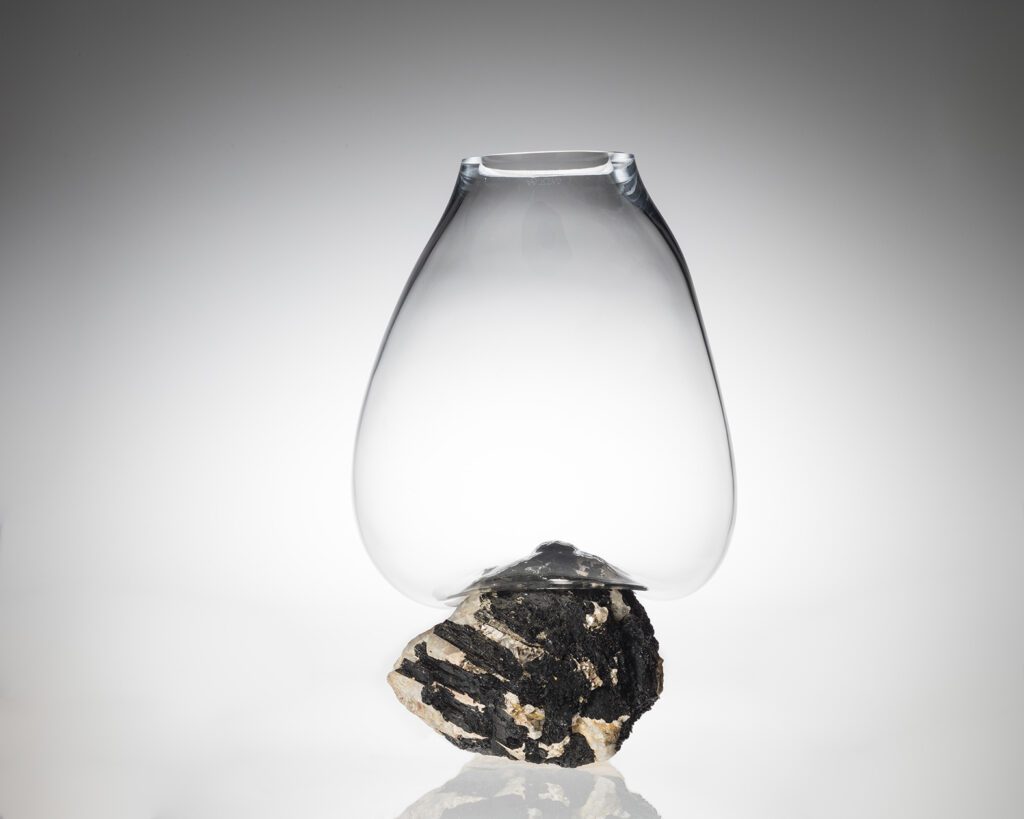



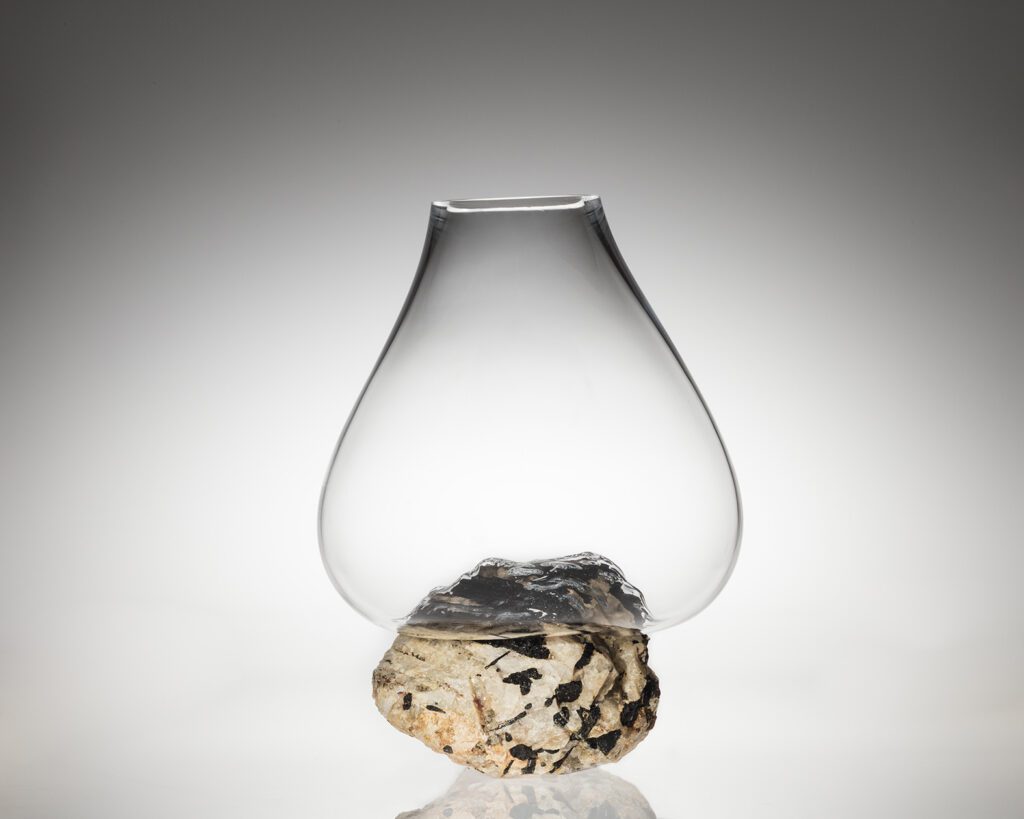



This diverse group of designers exemplifies the richness that comes from embracing a wide range of perspectives and backgrounds. By focusing on their unique talents and contributions to the design world, we not only celebrate their achievements but also challenge the industry to continue evolving towards greater inclusivity and representation.
Discover their work on Adorno
-

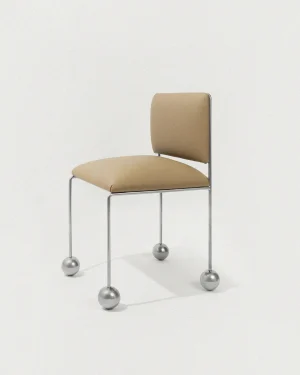 Ball Foot Sculptural Chair, Vegan Cactus Leather
Ball Foot Sculptural Chair, Vegan Cactus Leather -

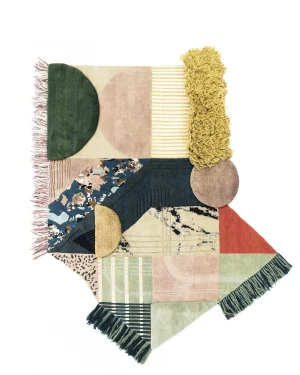 Medley – Eclectic Textured Rug Or Wallhanging
Medley – Eclectic Textured Rug Or Wallhanging -

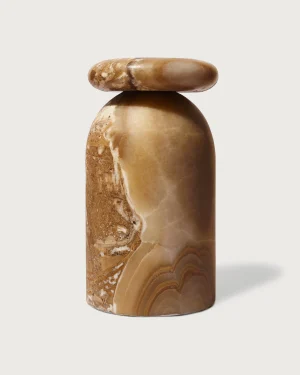 Cult Stool, Sculptural Side Table
Cult Stool, Sculptural Side Table -

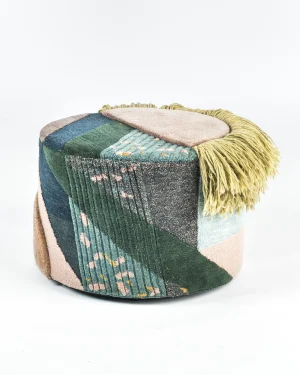 Colette – Rose, Mint And Yellow Wool Pouf
Colette – Rose, Mint And Yellow Wool Pouf -

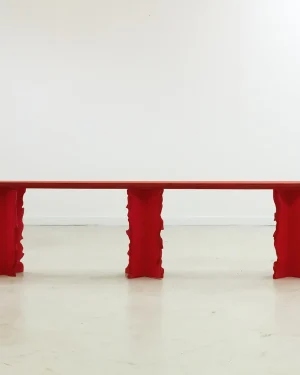 Fire bench
Fire bench -

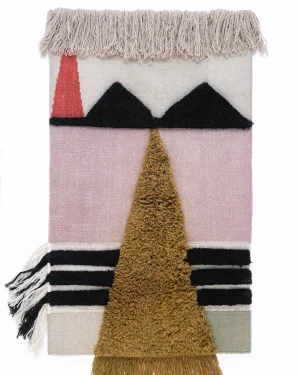 Textile Poster no. 12 – Geometric Fringed Wall Hanging
Textile Poster no. 12 – Geometric Fringed Wall Hanging -

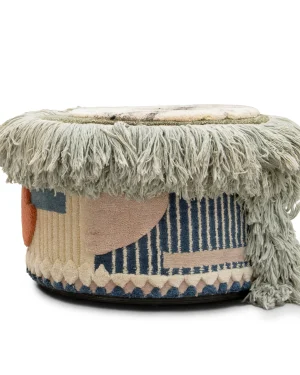 Sybille – Eclectic Fringed Pouf
Sybille – Eclectic Fringed Pouf -

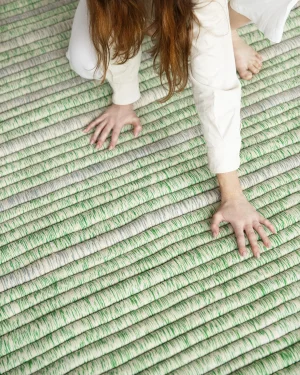 TOPOKKI – Hand-Spun Noodle Rug
TOPOKKI – Hand-Spun Noodle Rug -

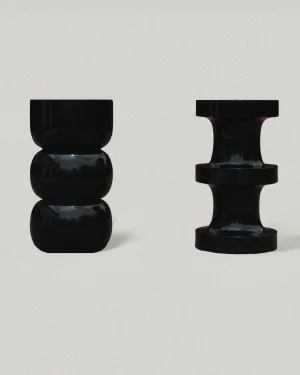 Chess Stool Set/ Sculptural Side Table
Chess Stool Set/ Sculptural Side Table -

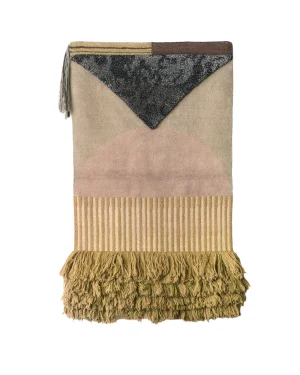 Textile Poster No. 10 – Geometric Wool Tapestry
Textile Poster No. 10 – Geometric Wool Tapestry -

 Come As You Are, And Stay Together! – Three-piece Bench Ensemble
Come As You Are, And Stay Together! – Three-piece Bench Ensemble -

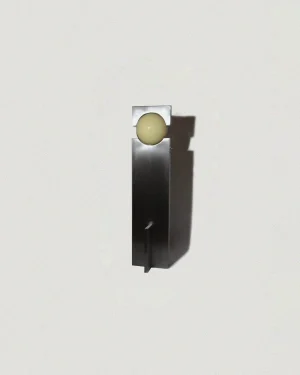 Hero Lamp Stainless Steel Sculptural Lamp
Hero Lamp Stainless Steel Sculptural Lamp -

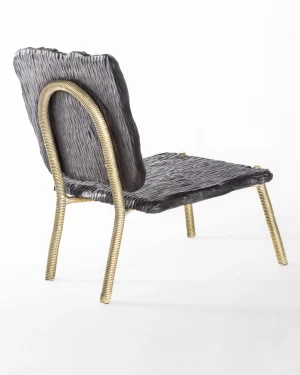 Lascas Chair
Lascas Chair -

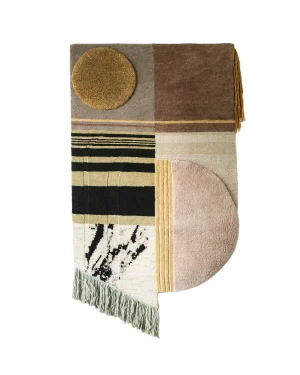 Textile Poster No. 11 – Geometric Tapestry
Textile Poster No. 11 – Geometric Tapestry -

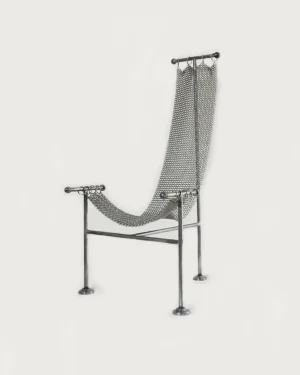 Chainmail Sculptural Chair, Nickel Plated Steel Finish, Hand Linked Mesh
Chainmail Sculptural Chair, Nickel Plated Steel Finish, Hand Linked Mesh -

 Eclipse Olo – Sculptural Nightstand
Eclipse Olo – Sculptural Nightstand -

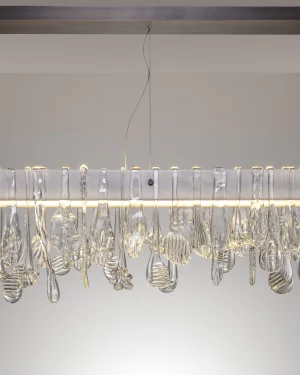 Pingente Pendant Lamp
Pingente Pendant Lamp -

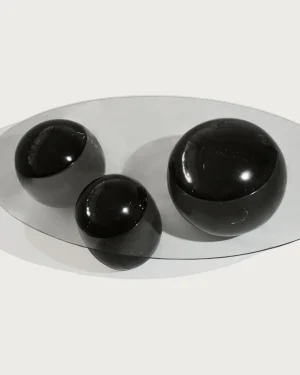 Ovni Uovo Black Marble Glass Sculptural Coffee Table
Ovni Uovo Black Marble Glass Sculptural Coffee Table -

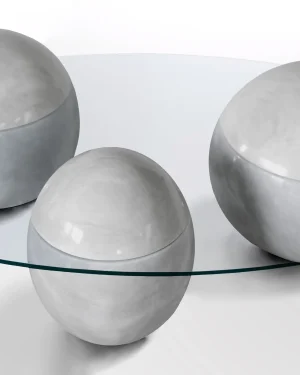 Ovni Uovo White Marble Glass Sculptural Coffee Table
Ovni Uovo White Marble Glass Sculptural Coffee Table -

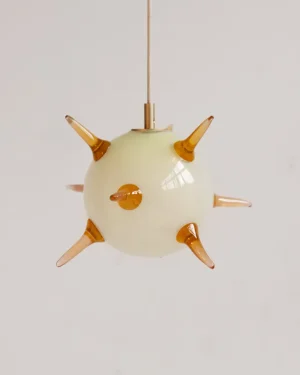 Pokie – Small Spiked Pendant Lamp
Pokie – Small Spiked Pendant Lamp -

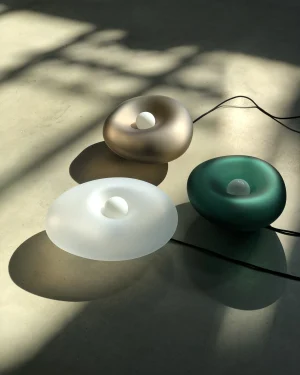 Seaglass – Calm Coastal Lamp
Seaglass – Calm Coastal Lamp -

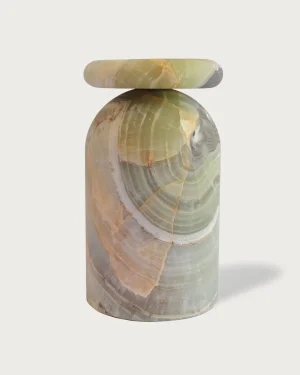 Cult Stool – Sculptural Side Table In Green Onyx
Cult Stool – Sculptural Side Table In Green Onyx -

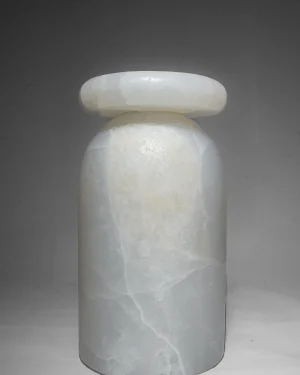 Cult Stool – Sculptural Side Table In White Onyx
Cult Stool – Sculptural Side Table In White Onyx -

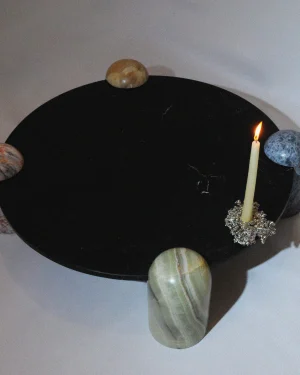 Play Time Toy Marble Table
Play Time Toy Marble Table -

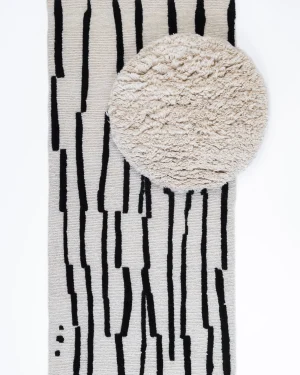 RyŌan-ji – Black And White Wool Rug/wallhanging
RyŌan-ji – Black And White Wool Rug/wallhanging -

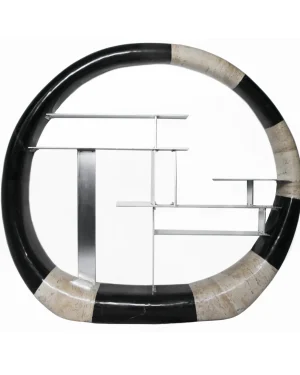 Asymmetric Stone Ring Shelf
Asymmetric Stone Ring Shelf -

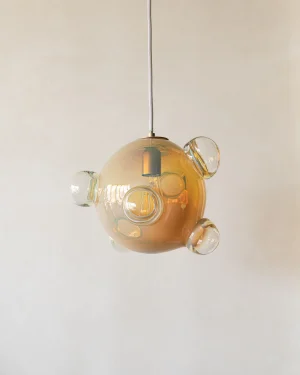 Bubble Pendant – Large Playful Pendant Lamp
Bubble Pendant – Large Playful Pendant Lamp -

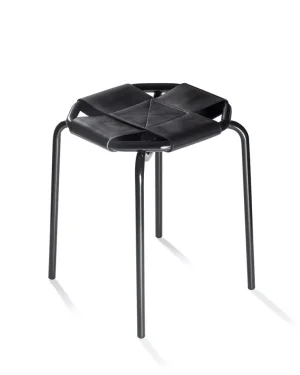 NoAr stool
NoAr stool -

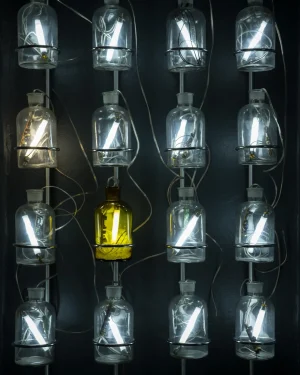 Äther Xvl
Äther Xvl -

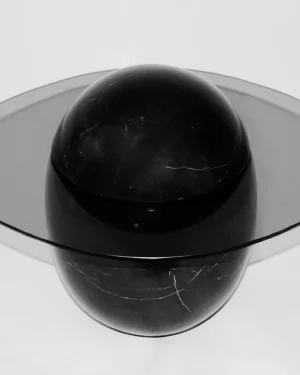 Mini Uovo Sculptural Side Table
Mini Uovo Sculptural Side Table -

 Fancy Platters
Fancy Platters -

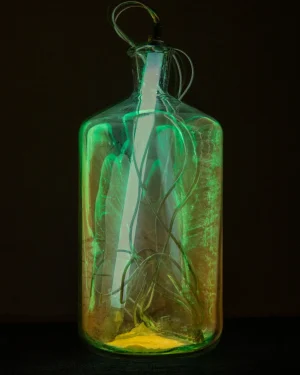 Äther Lucifer
Äther Lucifer -

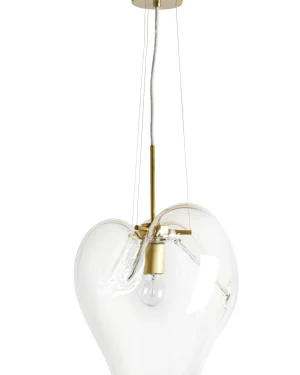 Carambola Pendant Lamp
Carambola Pendant Lamp -

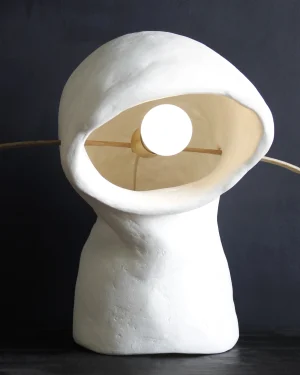 Ģipsis Ceramic Table Lamp №5
Ģipsis Ceramic Table Lamp №5 -

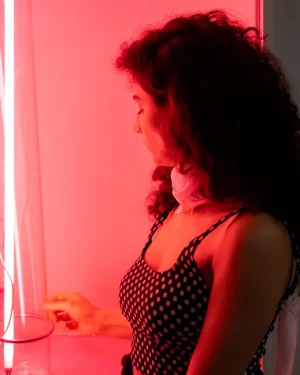 Äther
Äther -

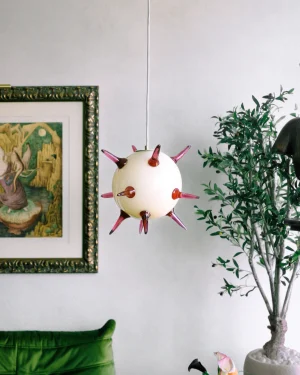 Pokie – Large Spiked Pendant Lamp
Pokie – Large Spiked Pendant Lamp










